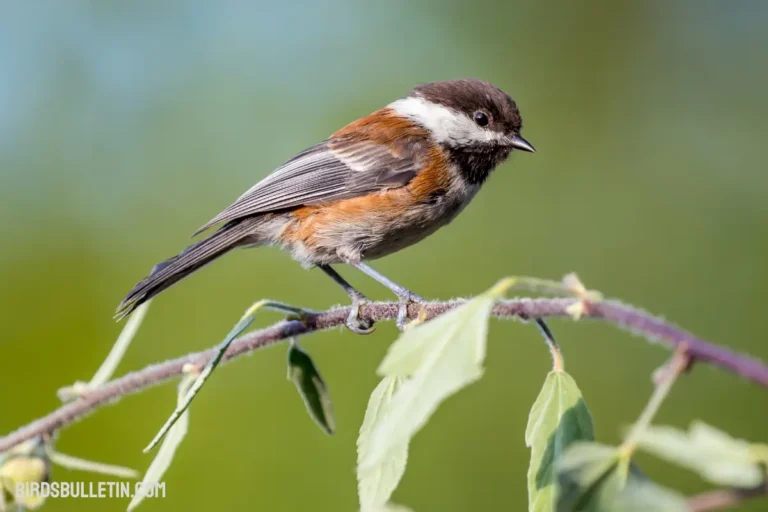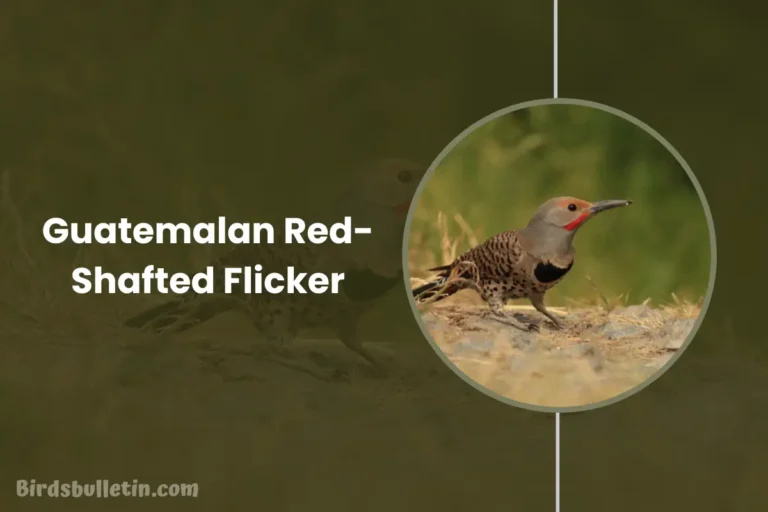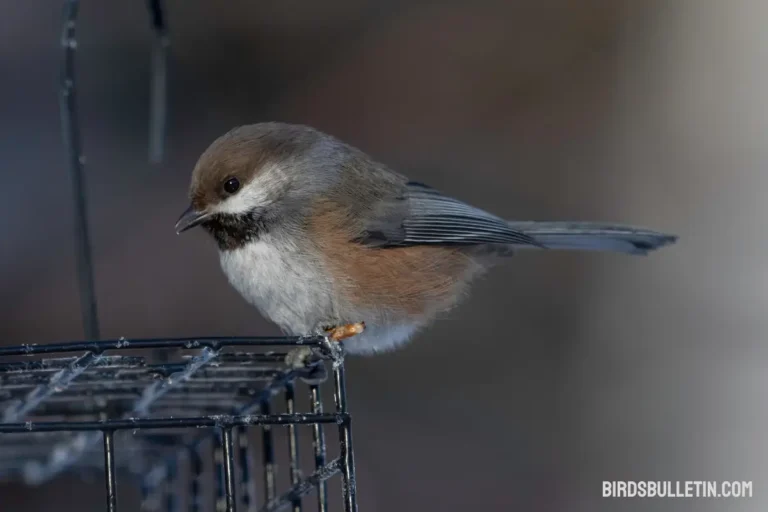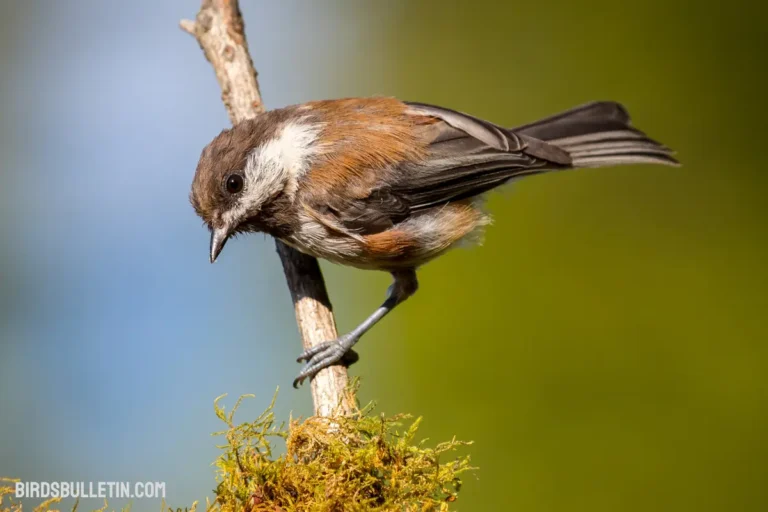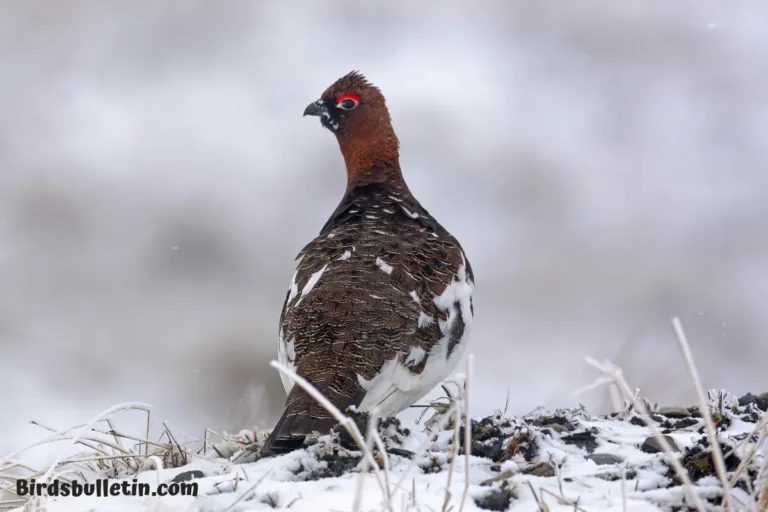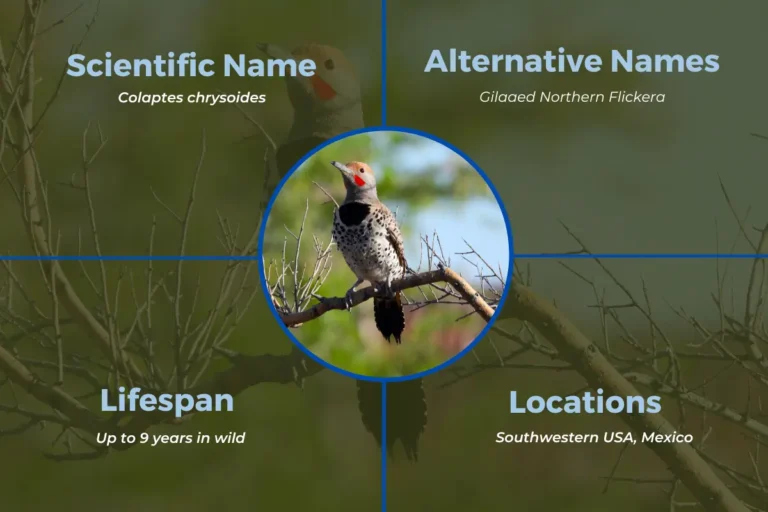Lagopus Lagopus Variegata: Found In Norway
Lagopus lagopus variegata, commonly known as the Norwegian willow ptarmigan, is a subspecies of the willow ptarmigan found in central and northern Norway.
It is a medium-sized bird in the grouse family known for its cryptic plumage that changes color throughout the year to match its environment.
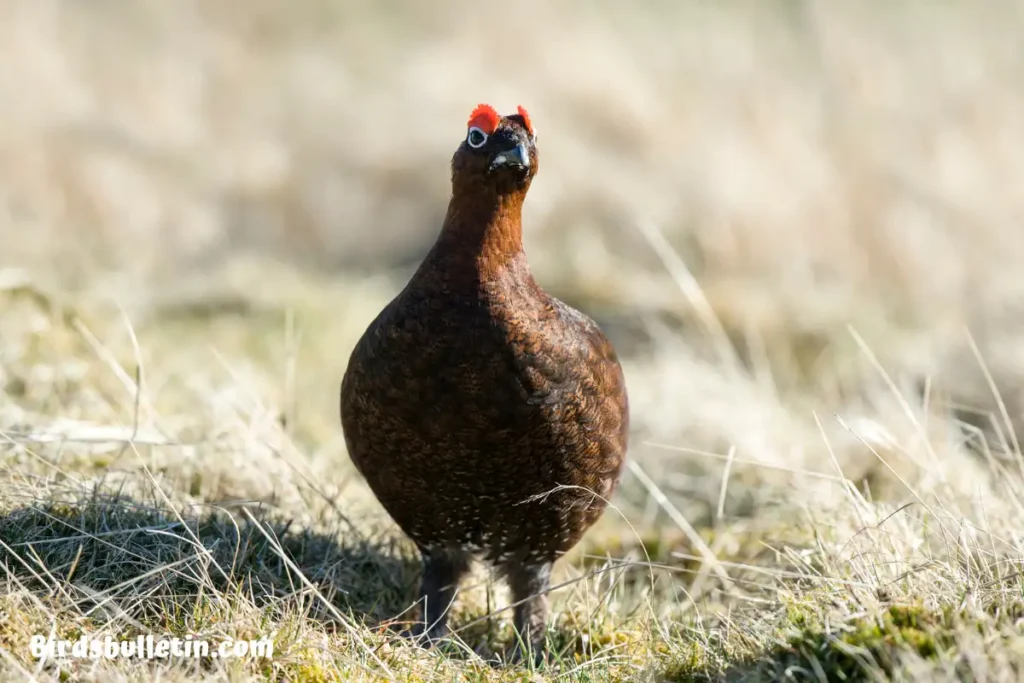
Looking for more overview about bird subspecies:
Scientific Classification
Its scientific name Lagopus comes from Ancient Greek meaning “hare-footed”, referring to its feathered legs and feet. The species name lagopus means “hare-foot”. The subspecies name variegata means “variegated” or “diversely colored”.
- Kingdom: Animalia
- Phylum: Chordata
- Class: Aves
- Order: Galliformes
- Family: Phasianidae
- Genus: Lagopus
- Species: Lagopus lagopus
- Subspecies: Lagopus lagopus variegata
Location
The Norwegian willow ptarmigan is found in central and northern Norway including the Trondheim region. Its habitat is mountainous areas with dwarf willow vegetation.
It tends to reside above the tree line in the alpine tundra. The ptarmigan populations around Trondheim live on the Bymarka nature reserve near the city.
Interesting Facts
The Norwegian willow ptarmigan was first described scientifically in 1936 by the Danish ornithologist Finn Salomonsen. These Ptarmigan subspecies residing in Norway, identified as Trondheim, are referred to as the Red Grouse.
Unlike other subspecies, this variant undergoes molting but maintains its reddish-brown plumage consistently throughout the year. Similarly, the counterparts in Great Britain and the Kazakh Steppe also retain their brown plumage year-round.
Status And Conservation
The Norwegian willow ptarmigan has a conservation status of Least Concern according to the IUCN Red List. Their numbers are suspected to be in decline but their overall population is stable enough not to be considered threatened.
Loss of alpine habitat is one concern for their conservation. Ptarmigans around Trondheim receive protection through the preservation of their mountain habitat like the Bymarka nature reserve.
Frequently Asked Questions
01. What are some key identification features of the Norwegian willow ptarmigan?
Some key identification features are its medium size, feathers that cover its legs and feet, seasonal molts from brown to white plumage, and black tail feathers that remain all year.
02. How does the Norwegian willow ptarmigan stay warm in frigid environments?
The willow ptarmigan stays warm through highly effective insulation from its dense feathering. Its feathers extend to cover its legs and feet to minimize heat loss. Countercurrent blood flow in its legs also prevents heat loss.
03. What ecological role does the Norwegian willow ptarmigan play?
The willow ptarmigan provides an important food source as prey for predators in the alpine tundra ecosystem. It’s browsing on willows and other vegetation shapes the plant communities. Ptarmigans also distribute seeds through their droppings.
Summary
The Norwegian willow ptarmigan is a grouse species endemic to Norway that has evolved camouflage plumage to match its tundra environment. It undergoes seasonal molts from brown to white as camouflage against the changing landscape.
Ptarmigans reside above the tree line, feeding on dwarf willows and other alpine vegetation. Their conservation status is currently stable as a species. Ptarmigan populations around Trondheim are protected by the conservation of their mountain habitat.


